It’s not only us Britons who can’t put the kettle down, writes Hazel Plush. Japan is the world’s second-highest consumer of green tea, ploughing through an estimated 80,000 tonnes every year.

Famously, tea is part of Japan’s time-honoured traditions (a tea ceremony will be the highlight of your trip) – but it’s also a casual refreshment, enjoyed everywhere from tranquil tearooms (chashitsus) to bustling sushi bars.
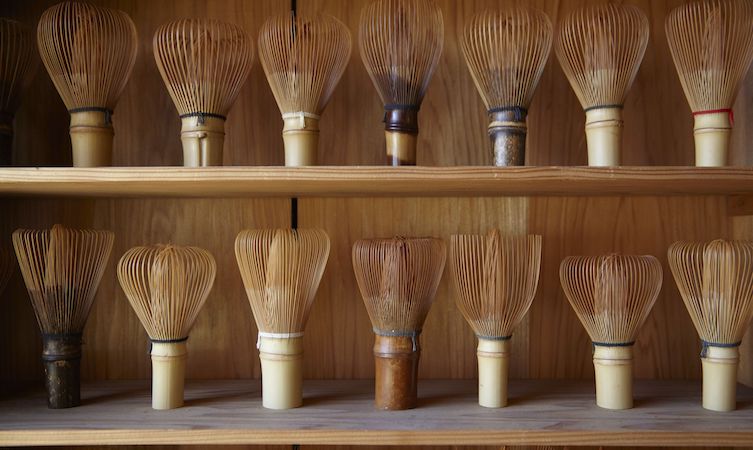
Here’s the Lexus guide to the blends and varieties to seek out on your next trip – or to serve at home, for a mind-clearing, mood-boosting cuppa.
Sencha
Tasting notes: An earthy, leafy flavour: it’s fresh, but can be astringent (bitter) if steeped for too long.
Said to boost the immune system and raise your energy levels, sencha – a type of green tea – is Japan’s most popular pick-me-up. The young leaves are steamed to prevent oxidisation (which would turn them into black tea), before being rolled and dried – and often blended with other flavours, such as cherry blossom or jasmine. When older leaves are harvested (known as ‘second flush’), they are called bancha: this is a lower-grade tea, with less caffeine.
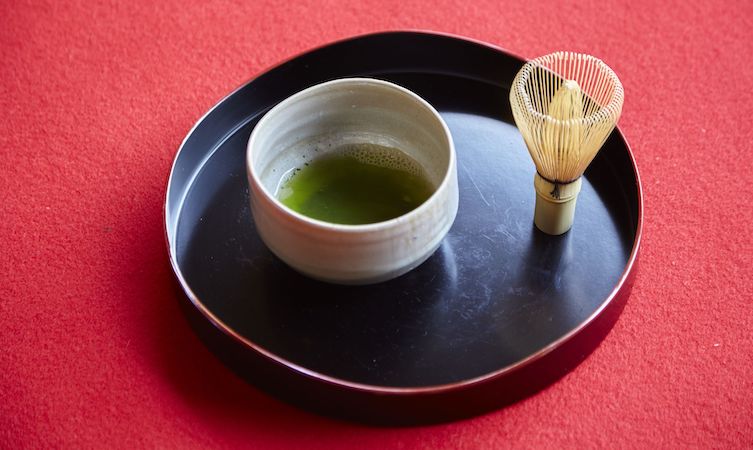
Matcha
Tasting notes: Sweet and umami – with a clean, grassy tang. A more robust texture than regular teas, because the leaves are finely-milled.
This green tea powder is used to flavour everything from lattes to cream cakes and ice cream, but matcha is traditionally served as a whisked hot water infusion – and is the centrepiece of Japanese tea ceremonies. The leaves are grown under shade, to increase their level of chlorophyll – giving it that strong, vibrant colour. Before you buy matcha, check out its grade: the higher it is, the smoother it will taste.
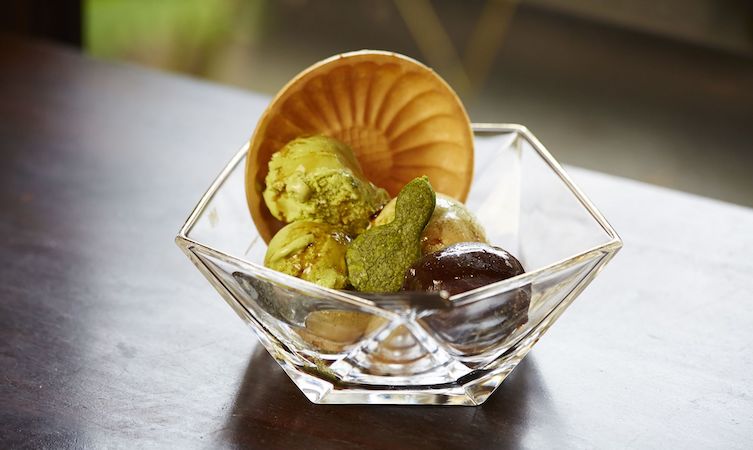
Hojicha
Tasting notes: Slightly smoky, but honeyed too – can be deep or light in flavour, depending on roasting time.
Hojicha is unusual because it’s roasted, not steamed. To make it, green tea leaves are heated over charcoal in a porcelain pot: this lowers the caffeine levels and removes any astringency. The colour also becomes reddish-brown. Hojicha is served hot or cold, and makes a fantastic iced tea.
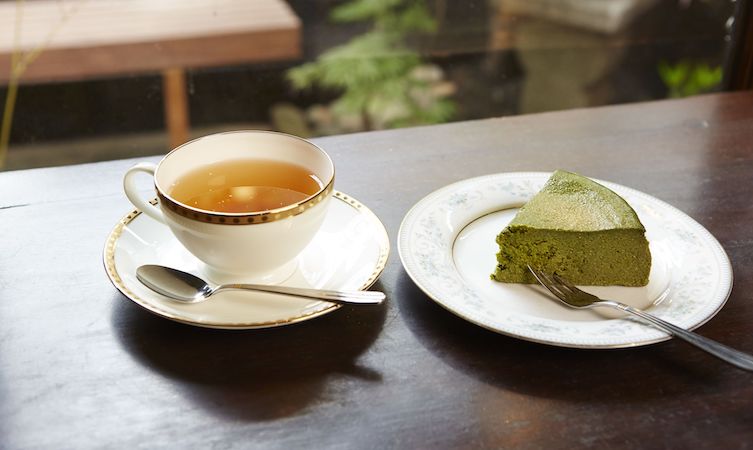
Genmaicha
Tasting notes: Nuts and caramel, with the added earthy freshness of green tea.
Also known as ‘popcorn tea’, genmaicha is a 50/50 blend of green tea (usually bancha) and toasted rice. It’s darker in colour, and rich in antioxidants. Originally, the mixture was used by poor communities as a way to make their tea leaves stretch further – but today it’s popular in all walks of life.

Kukicha
Tasting notes: Full of the freshness of green tea, but with a creaminess too – and doesn’t get as astringent when steeping.
Though it’s made from the twigs and stems of camellia sinensis – the tea plant – this light brew has all the health benefits of green tea leaves. However, it lacks the caffeine: the older parts of the plant are less potent than the leaves, yet are still rich in nutrients – including calcium and vitamins. Just because it’s a ‘byproduct’ of other teas, Kukicha can still be high-quality: look for blends made from premium gyokuro, which is green tea grown under shade.
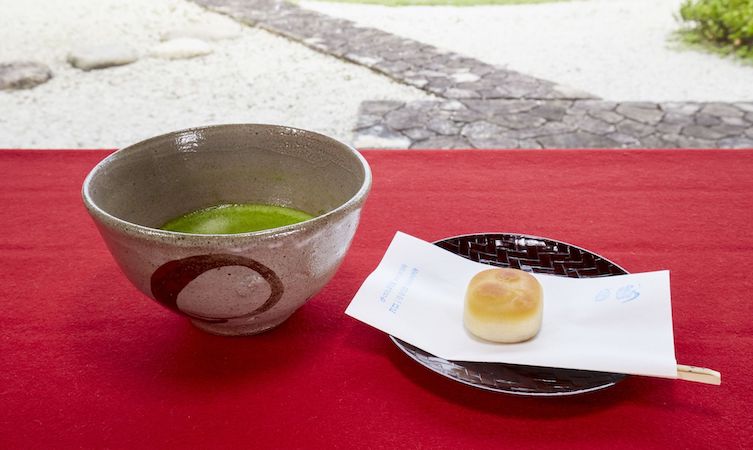
Mugicha
Tasting notes: Another nutty, savoury flavour – though honey is often added for sweetness.
Mugicha isn’t actually a tea: it’s made from barley grains steeped in warm water – and the ‘teabags’ are filled with ground barley. The grains are roasted to varying degrees (the longer the roast, the nuttier the flavour), and the infusion is usually kept in the fridge and served cold. It’s thought to aid digestion, and is caffeine-free, but isn’t suitable for gluten-free diets.
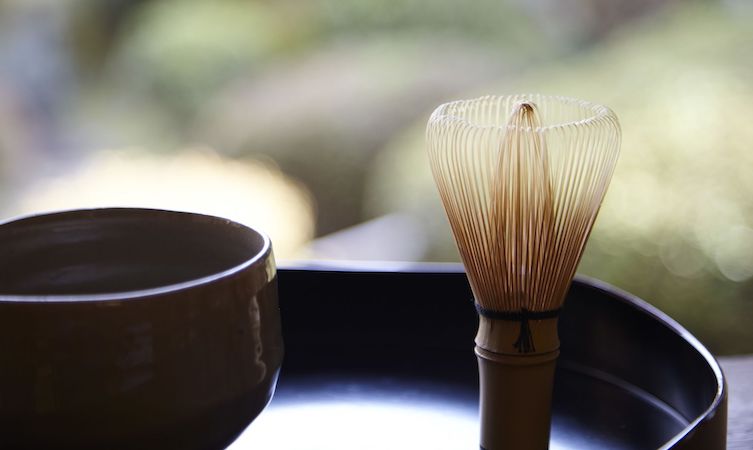
Kobucha
Tasting notes: The seaweed brings a pungent aroma – and a strong, salty taste. For the uninitiated, a weak kobucha is often more palatable.
Another misnomer, kobucha is commonly referred to as a ‘tea’ throughout Japan – but in fact it’s made from kelp seaweed powder. Not to be confused with kombucha (a fermented tea from China), this savoury infusion is often combined with plum (ume-kobucha) – which adds a slightly sour note to its otherwise savoury umami flavour. Some say it’s more like a clear soup than a tea. It can contain artificial additives, so check the label before you buy.
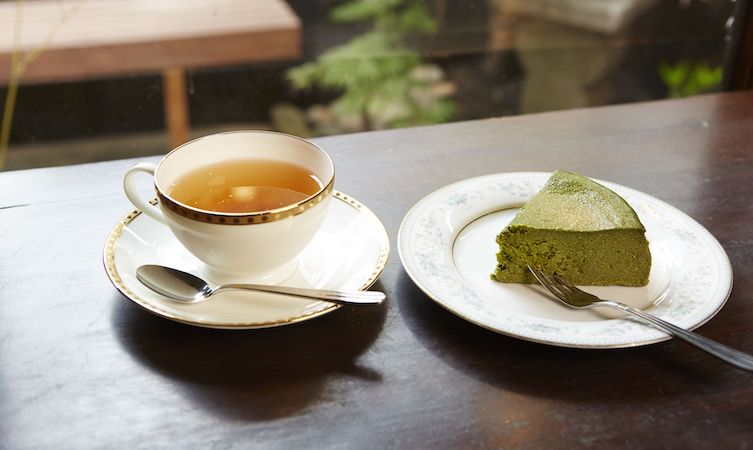




I attended the Japanese week exhibition and was very impressed with the whole event. Could you recommend where to buy Japanese high quality Matcha tea .
Also I would like to comment on the interior design of the Townhouse, it was well considered, the fret work and flooring was so authentic. I loved the floor mats especially and would love to know how I myself could get some ?.
All round a big congratulations to the whole team on quite a spectacular event.
Kindest regards
Jay
Hello Jay, thanks for attending Japan Week Festival!
We really appreciate your kind words. Please see details of what was on display at the event, here: https://mag.lexus.co.uk/japan-week-festival-2022/.
Thanks.